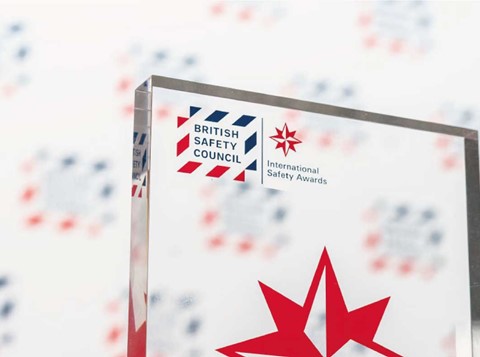Download - 2020 Chief Adjudicator's Report
A total of 577 applications were received for the International Safety Awards in 2020 and 88% of these successfully achieved a Pass grade or higher. The grading distribution among the applications in 2020 was as follows.
- Distinction 87 (15%)
- Merit 250 (43%)
- Pass 172 (30%)
- Fail 68 (12%)
There was no quota of grades to be awarded and nor will there be in future years. If every applicant meets the required standard, every applicant will be awarded a Distinction.
General comments
As with previous awards, it was clear that considerable effort had been invested in those submissions that scored well – with examples and supporting evidence provided to deliver a more complete and rounded answer. Strong applications were once more characterised by each question being analysed and answered in comprehensive terms, with the use of examples where required, and having made a clear link back to the marking scheme. Another characteristic of high scoring applications was the full use of the allocated word count - these applicants developed each individual response with care and consequently achieved higher scores without breaching the word limit.
New and repeat applicants are once more firmly encouraged to make use of the marking scheme and the Chief Adjudicator’s Report from the previous year, together with the award scheme pre-entry webinar as a guide to the standards expected; the introduction this year of the command word appendix seeks to further support applicants. Taken together, the questions, marking scheme, Chief Adjudicator’s Report, webinar and command word appendix are clearly of essential importance to any successful application. It is therefore a matter of disappointment and frustration that a proportion of applicants continue to overlook aspects of this information despite the emphasis regularly applied to it.
The application of practical real-life examples from the workplace are important and a key requirement in a number of questions, these once more served as an effective differentiator between the higher and lower-scoring submissions. The highest-scoring submissions were noted for their consistently focused, site-specific nature and use of examples. The introduction of the command word appendix was designed to assist with understanding – it is my experienced view that this appendix was only used by the highest scoring applicants.
The adjudicators again reported many instances of good or even exceptional initiatives among the submissions, with innovation featuring strongly in a number of applications across the range of scores; given the range of political, financial, global and resource challenges faced by many organisations and the implications of this on planning, available finance, budgets and deployment this was encouraging to see. The adjudicators were again greatly encouraged to observe safety, health, welfare and wellbeing retaining the prominence that these areas warrant within organisations’ financial expenditure and future commitments. The emergence of sound mental health and financial health management was particularly encouraging. As applicants will observe from the grading distribution above, the standards required of applicants to the International Safety Awards continue to be robust. Each submission is carefully reviewed and scored according to its merits. For applicants wishing to score well, it is essential that they dedicate sufficient time to the analysis of each question and its requirements before a response is embarked upon; as a further reminder, the highest-scoring applicants utilised the reference documents, provided a complete answer, provided relevant examples, actioned the command word and used the allocated word count.
It is important that applicants ensure each question is answered in complete terms since the top mark bands for each question can only be accessed where all its aspects have been addressed in sufficient detail. As in previous years, weaker submissions tended to digress from the questions posed or otherwise restricted responses through partly relevant information. Similarly, responses of less than 300 words almost inevitably scored lower marks through insufficient detail - again, those that simply listed activities or factors with limited context could not expect to access the higher mark bands. The adjudicators recognise that there is a limit to the amount of detail that can be provided given the word limits that are in place. Applicants should look to communicate the salient points of their systems, methodologies and approaches to planning and include some relevant detail or examples in support. It is not a requirement of these awards for applicants to describe everything in detail in order to gain full marks. Taken together with the preliminary questions, a 5,000-word submission (i.e. 10 x 500 words) across a range of questions is quite sufficient for an adjudicator to make a valid judgment regarding an organisation’s approach to health and safety management.

